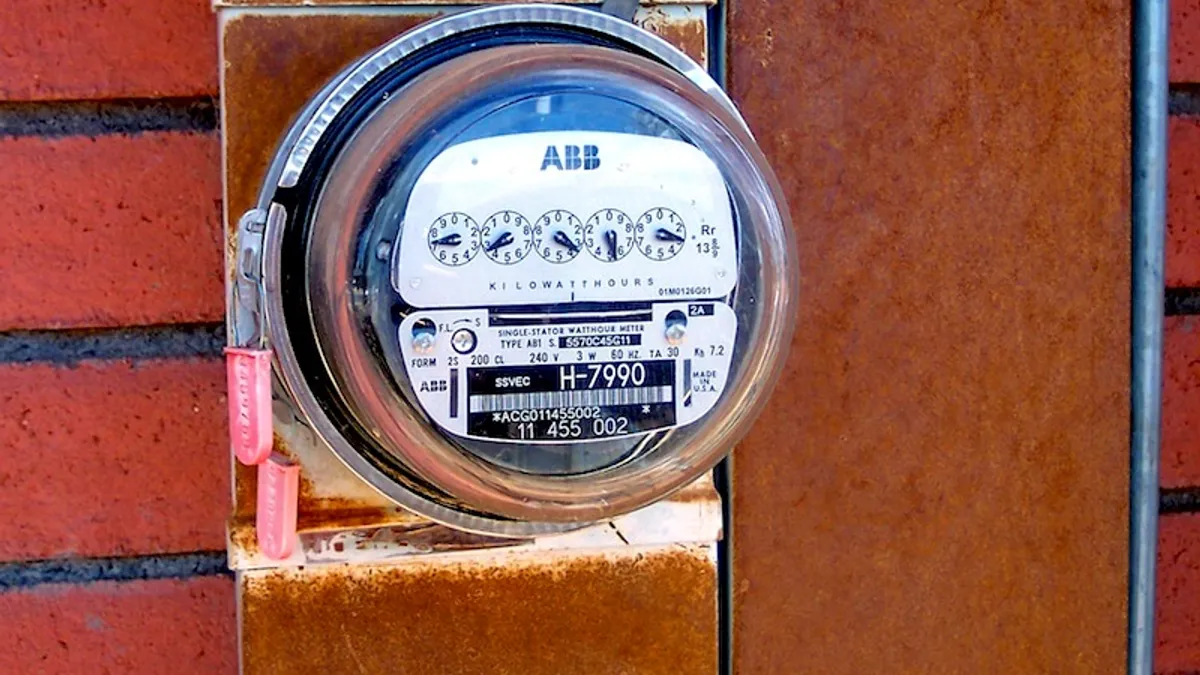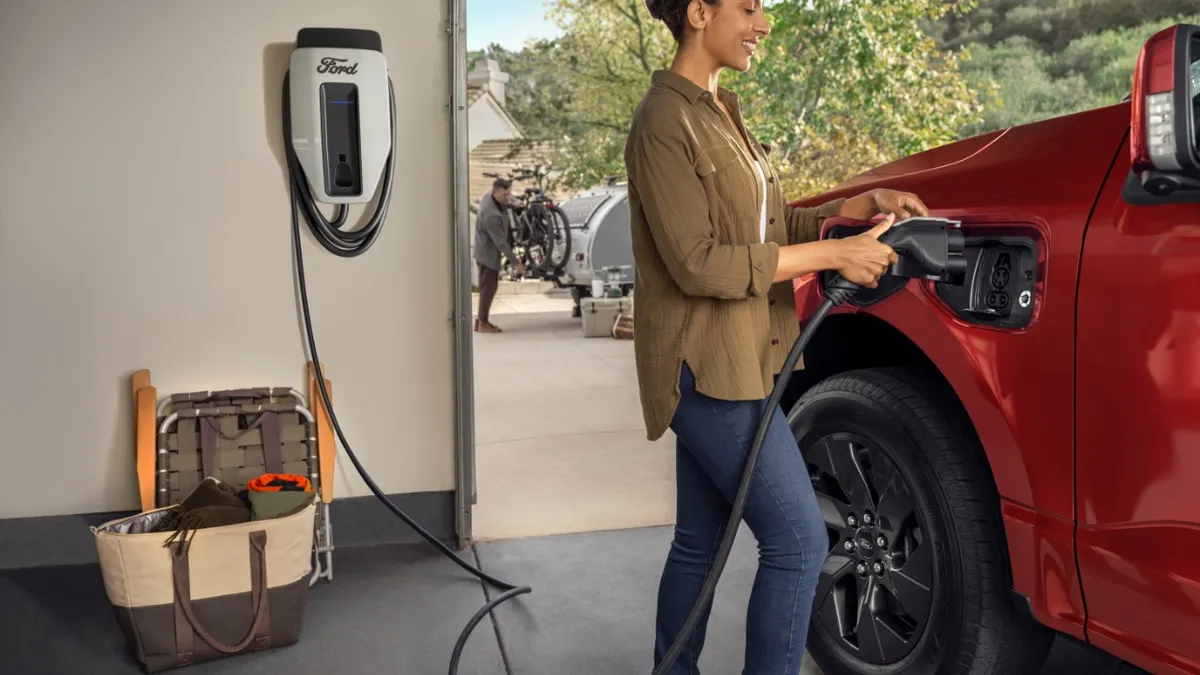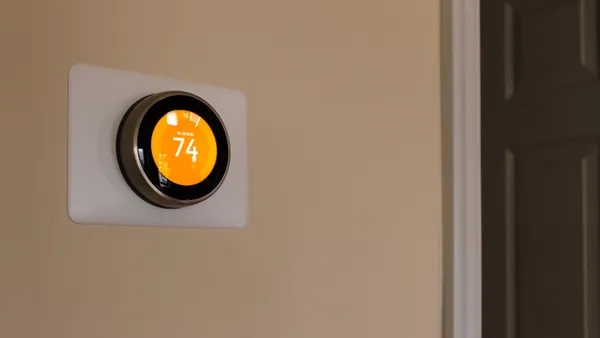Dive Brief:
- The rollout of smart meters has enabled utilities to offer innovative rate plans to their customers, including variable pricing and pre-paid plans which are quickly gaining traction.
- Some 10% of Georgia Power have opted for non-traditional rate plans, making it one of the largest investor-owned utilities to experiment with the new offerings outside of a pilot program. 9% of the utility's customers are on time-of-use rates, and 1% on a prepaid option.
- Additionally, about a third of Americans have indicated they are interested in pre-paid energy options, according to survey released last month by DEFG.
Dive Insight:
Smart meters are allowing customers greater flexibility in how they consume and pay for energy, according to PayGo, an integrated payment provider which has helped Georgia Power begin offering its customers a pre-paid energy plan.
The utility has set up 2,600 payment locations at retail stores, so that customers can pay for energy when Georgia Power offices are closed or when they are not online. The program will issue three alerts as customer balances run low.
Georgia Power offers several rate plans, including flat-bill options, electric vehicle charging rates, and time-of-use (TOU) rates.
TOU rates are quickly gaining traction with utilities who see them as enabling demand response programs and allowing peak load to be shifted to shoulder hours. Sacramento Municipal Utility District has completed a two-year pilot examining variable rates and will look to make TOU the standard offer in 2018.
By using three different TOU rates, SMUD was able to shift up to 10% of its peak load and saw some overall energy reductions as well.
Utilities like PECO, TVA, and PPL, among others, also have time-of-use rate programs, which have been shown to yield high customer satisfaction. California regulators are considering mandating them for the entire state, and consumer advocates in Illinois have been pressing their regulators to do the same.















